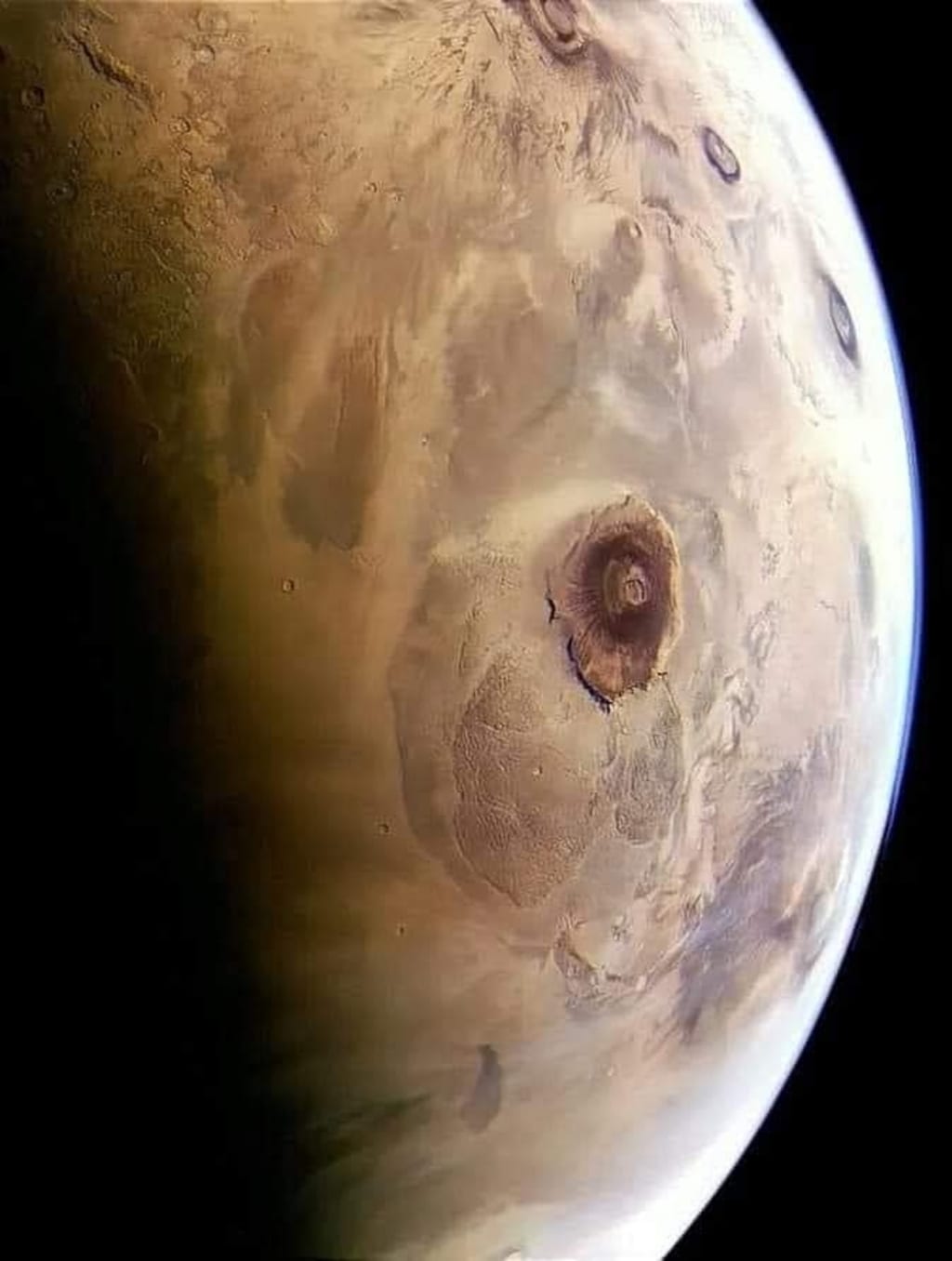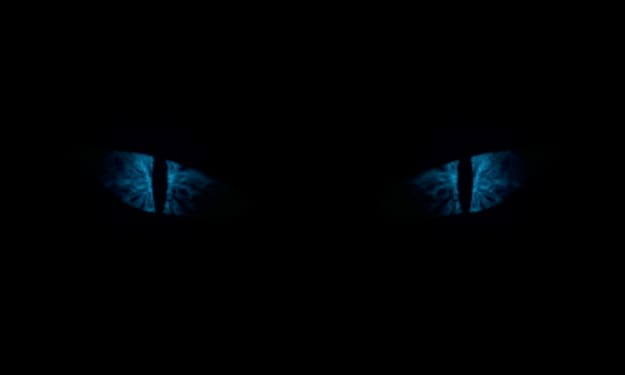The Latest Photos from Pluto
Beautiful space

in 1946 NASA took the first photos of
our beautiful home planet from outer
space and took us on a beautiful Journey
where we started getting images from up
there almost 20 years later we got to
see the first closeup image from
Mars we spent most of the time exploring
our neighborhood it took us a while
until we got a little further on the
edge of our solar system where there's a
small world lurking in the dark scary
abyss of
space one scientist found it almost 100
years ago he was actually looking for
Planet X it's a mysterious Celestial
body he believed was hiding somewhere on
the periphery of the solar
system instead he stumbled upon Pluto it
wasn't easy to find though considering
it's smaller than the
Moon Pluto has a different orbit when
you compare it to others from our solar
system more elliptic that means that
even though it's so far sometimes it
gets closer to the Sun than
Neptune so we got the first photos of
Pluto in 2015 and then at the end of
2022 NASA shared a pretty cool photo on
their Instagram profile where they
wanted to show the true colors of our
most popular dwarf planet it was taken
at a distance of more than 22,000 miles
from
it sometimes all you need to do is
follow your heart and Pluto kind of took
this literally you see this white thing
it's the heart of Pluto which is in
reality a giant Glacier made of methane
and
nitrogen because of its heart the
atmosphere of the dwarf planet is
spinning
backward one part of its heart is a deep
Basin filled with nitrogen ice when the
Sun rises over the ice there heats up
some of it then becomes gas and goes up
into the atmosphere during the night
that gas gas cools down and goes back
into the Basin in the shape of ice again
it's similar to a heart when it's
pumping blood into the body so it's like
a heartbeat of
Pluto and because of this unusual
heartbeat winds on the surface blow in
the opposite direction to Pluto's
spin the surface of Pluto is covered in
ice but it's not the type of ice we have
on Earth it's a combination of methane
nitrogen and water
the surface is quite cracked and full of
craters besides this and other white
Parts you can see it's also a little bit
brownish red yellow and orange
shades when you get closer you can see
Pluto has incredible mountains icy dunes
and flat glacial Plains extending to its
Horizon and what about right mons it's a
volcano 2.5 mil high and 90 M
across Pluto is small but it still has
its own atmosphere it holds gases that
evaporate from all the ice on the
surface when you combine those gases
with sunlight and considering Pluto is
so far away from the Sun you get the sky
of a very specific blue
haze Pluto has five satellites they're
just some small ice bodies with
irregular shapes one Theory says that
these are remains of some gigantic
Collision that happened a very long time
ago the biggest and most interesting of
them all is called cheron and Pluto has
a specific relationship with cheron
they're possibly a dual system cheron
has a mass eight times smaller than
Pluto which is not that much considering
it's just a
satellite both of them have one center
of gravity that's located outside of
Pluto so they kind of revolve around
that common point and face each other
with the same side all the time and
they're only
12,120 M away from each other which is
20 times less than the distance between
us and our
moon unfortunately we can't see much in
these photos so some things remain a
mystery for now like a vast liquid water
ocean scientists believe it might be
sloshing under its surface similar to
other bodies in our solar system that
might also have hidden oceans below the
surface Titan Europa and Enceladus
and when you have a liquid ocean below
the surface there's a great chance the
dwarf planet might still be tectonically
active for example it has many fissures
that might happen because of a hidden
ocean that's gradually freezing water
expands as the temperatures go down and
Below an icy crust it pushes and cracks
the surface like a regular ice cube in
your freezer would
do NASA took more astonishing images in
space in 2022
let's remember some of the shots from
the first couple of months of the last
year take a look at this image of the
Moon above our planet's Horizon taken on
January 21st 2022 talk about enjoying
the view up there huh and check this one
where you have one of Jupiter's four
biggest moons called ganam it was on
February 25th when it cast a shadow on
the planet and they took the image from
a distance of
44,000 Mi then you have another one
taken in March where the solar Orbiter
showed us the Magnificent outer
atmosphere of the sun it managed to
catch its extreme ultraviolet light wow
imagine how powerful it
is Insight Mars ler took a final selfie
on April 24th
2022 to capture such a photo the arm of
the robot has to move a couple of times
sadly it was the last pick the robot
managed to take red martian dust covered
it solar panels so the robot couldn't
get enough sunlight without solar energy
the robot simply can't
operate moving on to June 14th and this
image NASA didn't take in space but it's
still cool it's a full moon in view
close to the emis 1 Mega Moon rocket at
the Kennedy Space Center in
Florida teams were preparing this rocket
for a rehearsal a couple of months
before launching and a few months later
on November 16th spec s watched its
launch from Kennedy Space Center the
NASA spacecraft took this photo 57,000 M
away from
Earth deep in the heart of our galaxy
unusual things happen we're not talking
about a region where Stars slingshot
around what at first seems like an empty
space researchers had theories about a
super massive black hole hiding there
and they believed it could affect the
movements of the
stars but until 2022 it was only a
theory however in May 2022 they managed
to capture the first image of this super
massive black
hole don't worry I know it seems like
it's right next to us when I say it's in
our galaxy but it's 27,000 light years
away from
Earth of course we can't see it with the
naked on if we want to put the size of
this mysterious black hole into an
earthlings perspective us trying to see
it from the surface of of our home
planet would be like we're trying to see
a dut on the
moon black holes catch and trap whatever
comes close enough to them including
light but they illuminate because of
glowing streams of all that matter that
fall into them so they cast a shadow the
shadow is nearly 2 and a half times
bigger than its Event Horizon that's the
boundary of a black hole through which
nothing that passes can go back
ever
the Hubble Space Telescope captured some
awesome things in
2022 for example the view of this
stunning Grand Design spiral galaxy
that's about 53 million Lighty years
away from us it's a type of spiral
galaxy with a specific design it has
these specific spiral
arms spiral galaxies are common and
they're all across the universe but you
don't get to see those grandly designed
spiral galaxies the arms of the one NASA
captured are filled with bright areas as
there's more and more material gas and
dust it's all becoming dancer after a
while Stars Are Born out of all that
material in the inner part of these
spiral
arms that's it for today so hey if you
pacified your curiosity then give the
video a like and share it with your
friends or if you want more just click
on these videos and stay on the bright
side





Comments
There are no comments for this story
Be the first to respond and start the conversation.